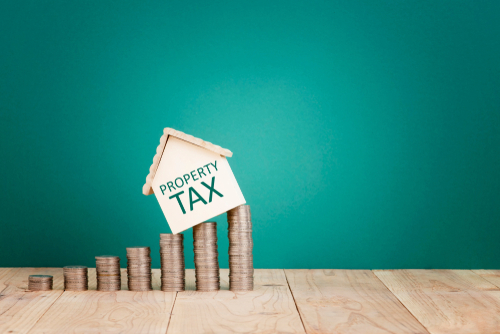The New Property Tax Landscape in Australia
Understanding the Basics of Australia’s New Property Tax
Australia’s real estate market has been experiencing significant changes, with one of the most notable being the introduction of a new property tax. This tax has sparked discussions and debates among homeowners, investors, and policymakers alike. In this article, we’ll dive into the details of this new property tax and explore its implications.
What is the New Property Tax?
The new property tax in Australia is a reform aimed at restructuring the way properties are taxed. This tax, often referred to as the “Property Value Tax” (PVT), is designed to replace the traditional stamp duty. Stamp duty, a tax imposed on property buyers during the purchase, has long been criticized for its high upfront costs, which can act as a barrier to property ownership.
How Does the PVT Work?
The Property Value Tax operates differently from the conventional stamp duty. Instead of being a one-time payment during property acquisition, the PVT is an annual tax calculated based on the current market value of the property. This means that property owners will need to pay a portion of the property’s value as tax each year.

What is the new property tax in Australia?
Advantages of the New Approach
1. Elimination of Upfront Burden: One of the primary advantages of the PVT is that it eliminates the hefty upfront burden of stamp duty. This can make property ownership more accessible, especially for first-time buyers and those looking to upgrade their homes.
2. Increased Housing Market Fluidity: The traditional stamp duty often discouraged people from selling their properties due to the additional costs involved. With the PVT, the barriers to selling and buying properties are reduced, leading to increased fluidity in the housing market.
3. Stable Revenue Stream: For the government, the PVT provides a more stable and predictable revenue stream compared to the unpredictable nature of stamp duty. This can aid in better budget planning and allocation of resources.
Challenges and Criticisms
1. Affordability Over Time: While the PVT removes the upfront burden, critics argue that the cumulative effect of paying the tax annually might make property ownership more expensive over the long term, particularly for those who hold properties for many years.
2. Impact on Investors: Property investors who own multiple properties might be significantly affected by the PVT. With an annual tax based on property values, investors could face higher costs, potentially impacting their overall returns.
Conclusion
The introduction of the new property tax in Australia marks a significant shift in the way properties are taxed. The Property Value Tax aims to make property ownership more accessible, stimulate the housing market, and provide a stable source of revenue for the government. However, its long-term implications on property affordability and the investment landscape remain subjects of ongoing debate.
As this new system unfolds, homeowners, potential buyers, and investors will need to carefully consider the financial implications and adapt their strategies accordingly. The full extent of the impact of Australia’s new property tax will become clearer as it is implemented and assessed over the coming years. Learn more here.


